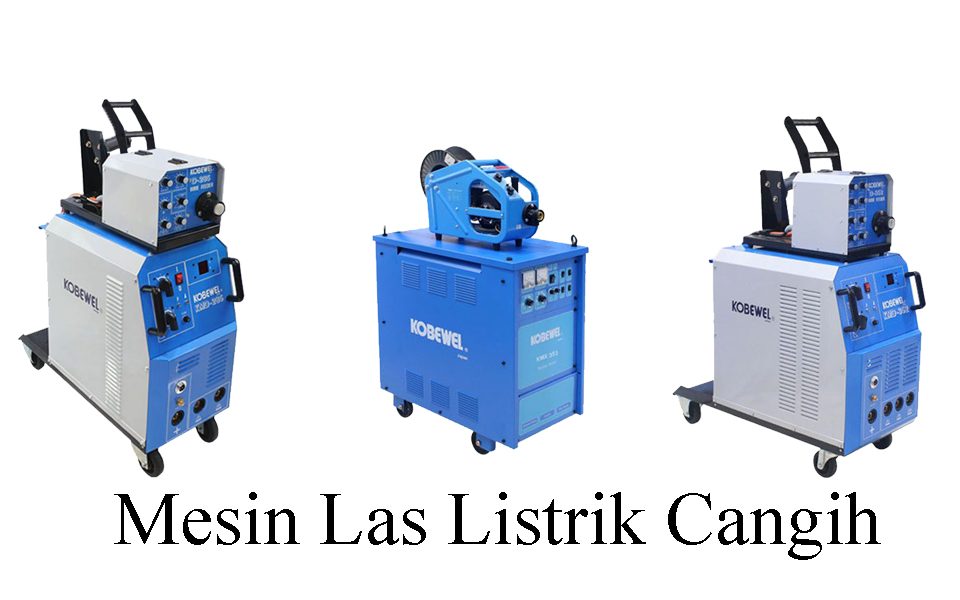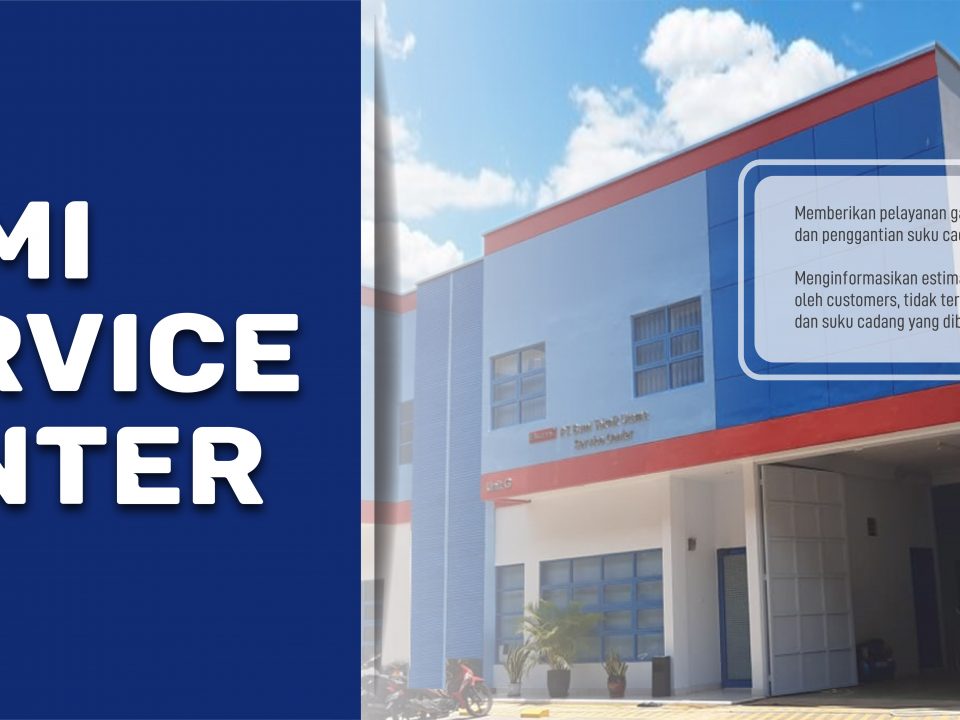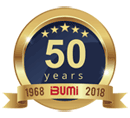[pdf-embedder url=”https://www.bumi.info/wp-content/uploads/securepdfs/2020/02/Weldability-of-Aluminum.pdf” title=”Weldability of Aluminum”]
[pdf-embedder url=”https://www.bumi.info/wp-content/uploads/securepdfs/2020/02/Weldability-of-Aluminum.pdf” title=”Weldability of Aluminum”]
Weldability of Aluminium
Aluminium alloys
Aluminium and its alloys are used in fabrications because of their low weight, good cor- rosion resistance and weldability. Although normally low strength, some of the more complex alloys can have mechanical properties equivalent to steels. The various types of aluminium alloy are identified and guidance is given on fabricating components with- out impairing corrosion and mechanical properties of the material or introducing imper- fections into the weld.
Material types



The alloys can be further classified according to the means by which the alloying ele- ments develop mechanical properties, non-heat-treatable or heat-treatable alloys.
Non-heat-treatable alloys
Material strength depends on the effect of work hardening and solid solution hardening of alloy elements such as magnesium, and manganese; the alloying elements are mainly found in the 1xxx, 3xxx and 5xxx series of alloys. When welded, these alloys may lose the effects of work hardening which results in softening of the HAZ adjacent to the weld.
Heat-treatable alloys
Material hardness and strength depend on alloy composition and heat treatment (solution heat treatment and quenching followed by either natural or artificial ageing pro- duces a fine dispersion of the alloying constituents). Principal alloying elements are found in the 2xxx, 6xxx, 7xxx and 8xxx series. Fusion welding redistributes the harden- ing constituents in the HAZ which locally reduces material strength.
Most of the wrought grades in the 1xxx, 3xxx, 5xxx, 6xxx and medium strength 7xxx (e.g. 7020) series can be fusion welded using TIG, MIG and oxyfuel processes. The 5xxx series alloys, in particular, have excellent weldability. High strength alloys (e.g. 7010 and 7050) and most of the 2xxx series are not recommended for fusion welding because they are prone to liquation and solidification cracking.
Filler alloys
Filler metal composition is determined by:
- weldability of the parent metal
- minimum mechanical properties of the weld metal
- corrosion resistance
- anodic coating requirements
Nominally matching filler metals are often employed for non-heat-treatable alloys. However, for alloy-lean materials and heat-treatable alloys, non-matching fillers are used to prevent solidification cracking.
The choice of filler metal composition for the various weldable alloys is specified in BS 3019 Pt 1 for TIG and BS 3571 Pt 1 for MIG welding; recommended filler metal compositions for the more commonly used alloys are given in the Table.
| Designation | ISO | Classification | Filler | Application |
| 1080A | A1998 | NHT | 1080A | Chemical plant |
| 3103 | A1-Mn1 | NHT | 4043A | Buildings, heat exchangers |
| 4043A | A1-Si5 | – | – | Filler wire/rod |
| 5083 | A1-Mg4.5Mn | NHT | 5556A | Ships, rail wagons, bridges |
| 5251 | Al-Mg2 | NHT | 5356 | Road vehicles, marine |
| 5356 | Al-Mg5 | – | – | Filler wire / rod |
| 5556A | AlMg5Mn | – | – | Filler wire / rod |
| 6061 | Al-Mg1SiCn | HT | 4043A/5356 | Structural, pipes |
| 7020 | Al-Zn,4. 5Mg1Mn | HT | 5556A | Structural, transport |
| HT = Heat Treatment NHT = Non heat treatable | ||||
Imperfections in welds
Aluminium and its alloys can be readily welded providing appropriate precautions are taken. The most likely imperfections in fusion welds are:
- porosity
- cracking
- poor weld bead profile
Porosity



sources of hydrogen are hydrocarbons and moisture from contaminants on the parent material and filler wire surfaces, and water vapour from the shielding gas atmosphere. Even trace levels of hydrogen may exceed the threshold concentration required to nucleate bubbles in the weld pool, aluminium being one of the metals most susceptible to porosity.
To minimise the risk, rigorous cleaning of material surface and filler wire should be carried out. Three cleaning techniques are suitable; mechanical cleaning, solvent degreasing and chemical etch cleaning.
Mechanical cleaning
Wire brushing (stainless steel bristles), scraping or filing can be used to remove surface oxide and contaminants. Degreasing should be carried out before mechanical cleaning.
Solvents
Dipping, spraying or wiping with organic solvents can be used to remove grease, oil, dirt and loose particles.
Chemical etching
A solution of 5% sodium hydroxide can be used for batch cleaning but this should be fol- lowed by rinsing in HNO3 and water to remove reaction products on the surface.
In gas shielded welding, air entrainment should be avoided by making sure there is an efficient gas shield and the arc is protected from draughts. Precautions should also be taken to avoid water vapour pickup from gas lines and welding equipment; it is recom- mended that the welding system is purged for about an hour before use.
Solidification cracks



Solidification cracks form in the centre of the weld,,
usually extending along the centreline during solidification. Solidification cracks also oc- cur in the weld crater at the end of the welding operation. The main causes of solidification cracks are as follows:
- incorrect filler wire/parent metal combination
- incorrect weld geometry
- welding under high restraint conditions
The cracking risk can be reduced by using a non-matching, crack-resistant filler (usually from the 4xxx and 5xxx series alloys). The disadvantage is that the resulting weld metal may have a lower strength than the parent metal and not respond to a subsequent heat treatment. The weld bead must be thick enough to withstand contraction stresses. Also, the degree of restraint on the weld can be minimised by using correct edge preparation, accurate joint set up and correct weld sequence.
Liquation cracking



The risk can be reduced by using a filler metal with a lower melting tem- perature than the parent metal, for ex-
ample the 6xxx series alloys are welded with a 4xxx filler metal. However, 4xxx filler metal should not be used to weld high magnesium alloys (such as 5083) as excessive magnesium-silicide may form at the fusion boundary decreasing ductility and increasing crack sensitivity.
Poor weld bead profile
Incorrect welding parameter settings or poor welder technique can introduce weld profile imperfections such as lack of fusion, lack of penetration and undercut. The high thermal conductivity of aluminium and the rapidly solidifying weld pool make these alloys particu- larly susceptible to profile imperfections.
Weldability of Aluminium
Aluminium alloys
Aluminium and its alloys are used in fabrications because of their low weight, good cor- rosion resistance and weldability. Although normally low strength, some of the more complex alloys can have mechanical properties equivalent to steels. The various types of aluminium alloy are identified and guidance is given on fabricating components with- out impairing corrosion and mechanical properties of the material or introducing imper- fections into the weld.
Material types



The alloys can be further classified according to the means by which the alloying ele- ments develop mechanical properties, non-heat-treatable or heat-treatable alloys.
Non-heat-treatable alloys
Material strength depends on the effect of work hardening and solid solution hardening of alloy elements such as magnesium, and manganese; the alloying elements are mainly found in the 1xxx, 3xxx and 5xxx series of alloys. When welded, these alloys may lose the effects of work hardening which results in softening of the HAZ adjacent to the weld.
Heat-treatable alloys
Material hardness and strength depend on alloy composition and heat treatment (solution heat treatment and quenching followed by either natural or artificial ageing pro- duces a fine dispersion of the alloying constituents). Principal alloying elements are found in the 2xxx, 6xxx, 7xxx and 8xxx series. Fusion welding redistributes the harden- ing constituents in the HAZ which locally reduces material strength.
Most of the wrought grades in the 1xxx, 3xxx, 5xxx, 6xxx and medium strength 7xxx (e.g. 7020) series can be fusion welded using TIG, MIG and oxyfuel processes. The 5xxx series alloys, in particular, have excellent weldability. High strength alloys (e.g. 7010 and 7050) and most of the 2xxx series are not recommended for fusion welding because they are prone to liquation and solidification cracking.
Filler alloys
Filler metal composition is determined by:
- weldability of the parent metal
- minimum mechanical properties of the weld metal
- corrosion resistance
- anodic coating requirements
Nominally matching filler metals are often employed for non-heat-treatable alloys. However, for alloy-lean materials and heat-treatable alloys, non-matching fillers are used to prevent solidification cracking.
The choice of filler metal composition for the various weldable alloys is specified in BS 3019 Pt 1 for TIG and BS 3571 Pt 1 for MIG welding; recommended filler metal compositions for the more commonly used alloys are given in the Table.
| Designation | ISO | Classification | Filler | Application |
| 1080A | A1998 | NHT | 1080A | Chemical plant |
| 3103 | A1-Mn1 | NHT | 4043A | Buildings, heat exchangers |
| 4043A | A1-Si5 | – | – | Filler wire/rod |
| 5083 | A1-Mg4.5Mn | NHT | 5556A | Ships, rail wagons, bridges |
| 5251 | Al-Mg2 | NHT | 5356 | Road vehicles, marine |
| 5356 | Al-Mg5 | – | – | Filler wire / rod |
| 5556A | AlMg5Mn | – | – | Filler wire / rod |
| 6061 | Al-Mg1SiCn | HT | 4043A/5356 | Structural, pipes |
| 7020 | Al-Zn,4. 5Mg1Mn | HT | 5556A | Structural, transport |
| HT = Heat Treatment NHT = Non heat treatable | ||||
Imperfections in welds
Aluminium and its alloys can be readily welded providing appropriate precautions are taken. The most likely imperfections in fusion welds are:
- porosity
- cracking
- poor weld bead profile
Porosity



sources of hydrogen are hydrocarbons and moisture from contaminants on the parent material and filler wire surfaces, and water vapour from the shielding gas atmosphere. Even trace levels of hydrogen may exceed the threshold concentration required to nucleate bubbles in the weld pool, aluminium being one of the metals most susceptible to porosity.
To minimise the risk, rigorous cleaning of material surface and filler wire should be carried out. Three cleaning techniques are suitable; mechanical cleaning, solvent degreasing and chemical etch cleaning.
Mechanical cleaning
Wire brushing (stainless steel bristles), scraping or filing can be used to remove surface oxide and contaminants. Degreasing should be carried out before mechanical cleaning.
Solvents
Dipping, spraying or wiping with organic solvents can be used to remove grease, oil, dirt and loose particles.
Chemical etching
A solution of 5% sodium hydroxide can be used for batch cleaning but this should be fol- lowed by rinsing in HNO3 and water to remove reaction products on the surface.
In gas shielded welding, air entrainment should be avoided by making sure there is an efficient gas shield and the arc is protected from draughts. Precautions should also be taken to avoid water vapour pickup from gas lines and welding equipment; it is recom- mended that the welding system is purged for about an hour before use.
Solidification cracks



Solidification cracks form in the centre of the weld,,
usually extending along the centreline during solidification. Solidification cracks also oc- cur in the weld crater at the end of the welding operation. The main causes of solidification cracks are as follows:
- incorrect filler wire/parent metal combination
- incorrect weld geometry
- welding under high restraint conditions
The cracking risk can be reduced by using a non-matching, crack-resistant filler (usually from the 4xxx and 5xxx series alloys). The disadvantage is that the resulting weld metal may have a lower strength than the parent metal and not respond to a subsequent heat treatment. The weld bead must be thick enough to withstand contraction stresses. Also, the degree of restraint on the weld can be minimised by using correct edge preparation, accurate joint set up and correct weld sequence.
Liquation cracking



The risk can be reduced by using a filler metal with a lower melting tem- perature than the parent metal, for ex-
ample the 6xxx series alloys are welded with a 4xxx filler metal. However, 4xxx filler metal should not be used to weld high magnesium alloys (such as 5083) as excessive magnesium-silicide may form at the fusion boundary decreasing ductility and increasing crack sensitivity.
Poor weld bead profile
Incorrect welding parameter settings or poor welder technique can introduce weld profile imperfections such as lack of fusion, lack of penetration and undercut. The high thermal conductivity of aluminium and the rapidly solidifying weld pool make these alloys particu- larly susceptible to profile imperfections.




